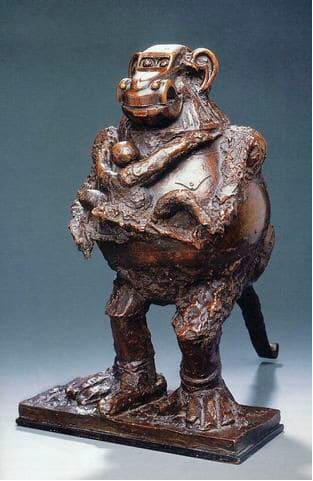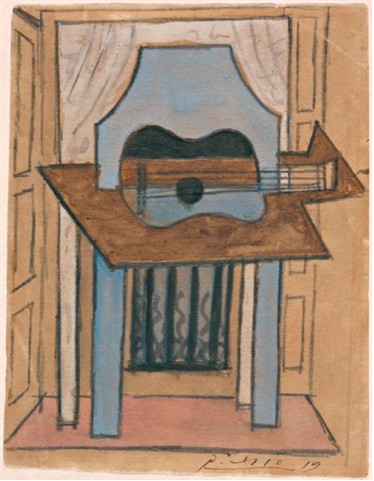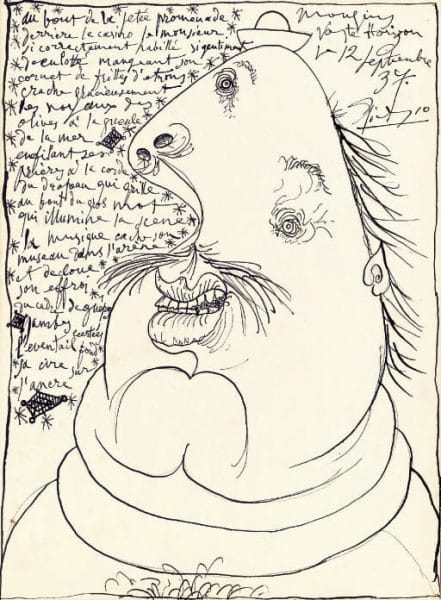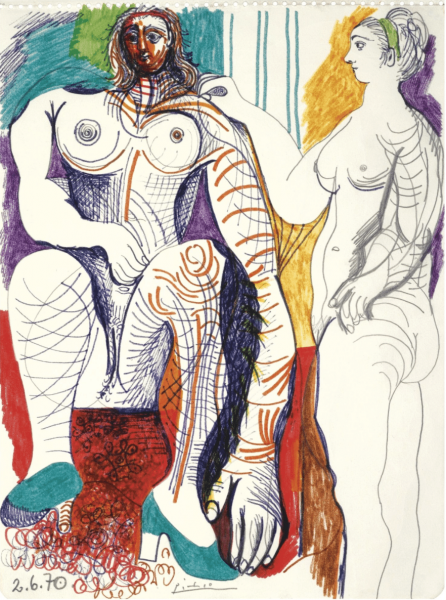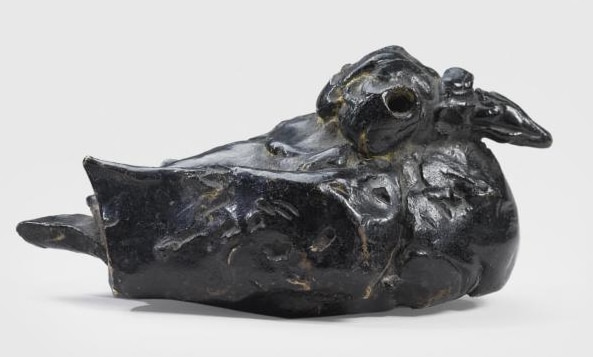The 100 Million Dollar Man
“The more I see, the less I know.” – Michael Franti Weeks have passed, but I still can’t seem to get my mind around Giacometti’s 100 million dollar man. A 104.3, to be exact. (As you may have guessed, I didn’t have the same mental block when it came to Picasso’s 100 million dollar boy.) I thought I liked Alberto Giacometti as much as the next guy, but I guess I was wrong. He made some wonderful sculptures, but, at 100 million dollars, not to mention his other recent stratospheric prices, I am forced to conclude that he is an amazingly overrated artist. And this sculpture was not even close to one of his best, as far as I’m concerned. […]
The 100 Million Dollar Man Read More »
